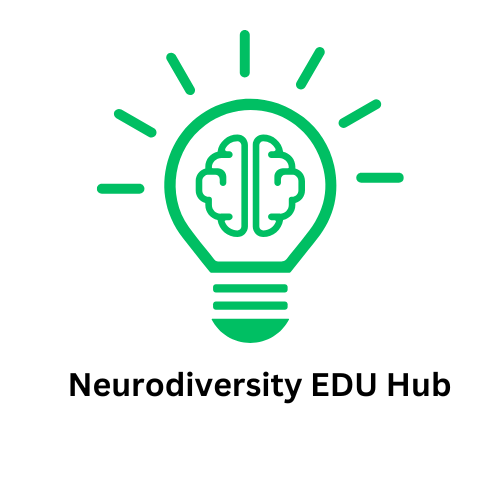
Understanding the Challenge of Transitions with ADHD
For many adults navigating life with ADHD, transitions can prove to be far more than mere inconveniences. They represent a distinct challenge where the process of moving from one activity to another is fraught with cognitive and emotional bumps. This complexity not only limits productivity but can also detract from overall well-being.
What Differentiates ADHD Transitions?
A transition, particularly for those with ADHD, comprises three separate but interconnected phases: stopping one activity, maneuvering through the mental space in between, and then commencing a new task. This sequence is not simply a mechanical process but involves significant mental effort. For instance, even after settling at a desk to start a work project, many individuals find themselves sidetracked, scrolling endlessly rather than engaging with their work. This lack of mental engagement can stem from the difficulty inherent in making cognitive shifts.
Why Is It So Difficult to Break Away From Tasks?
For adults with ADHD, disengaging from stimulating tasks can resemble a Herculean feat. There's often a relentless internal dialogue, perhaps promising to stop at a designated time, only to find oneself deeply immersed long after the planned pause. The reward system in the ADHD brain is capturing—prompting individuals to chase immediate gratification over fulfilling responsibilities. Even when intentions align with breaking the engagement, the reality can feel as if a force is physically preventing a transition.
Strategies for Easing Transitions
Understanding these challenges allows individuals to adopt tailored strategies aimed at easing transitions. Here are some insights for navigating the complexities:
- Set Up Transition Cues: Use visual timers or alarms to signal the end of one task and the beginning of another. These cues can help jar the mind out of the current task and prepare it for the shift.
- Break Tasks into Smaller Steps: Make tasks less daunting by dividing them into achievable segments. Completing smaller tasks one by one can provide a sense of accomplishment that fuels motivation to keep moving forward.
- Create a Defined Space: Designate specific areas for different activities. This spatial division can cue the brain to switch gears, making the transition less jarring mentally.
- Practice Mindfulness: Incorporate brief mindfulness exercises between tasks. A few moments of deep breathing can help clear the mind, reducing distractions and allowing for a smooth engagement in the next task.
- Utilize a Buddy System: Partnering with someone who understands ADHD can foster accountability during transitions. A check-in buddy can gently prompt when it’s time to switch activities.
The Importance of Understanding and Empathy
Recognizing that transitions are especially troublesome for individuals with ADHD is crucial for creating empathetic environments in workplaces and schools. Understanding this unique challenge is foundational for peers and superiors alike, as it paves the way for supportive dialogue and accommodations.
Conclusion: Taking Charge of Your Transitions
By employing practical strategies and fostering a greater understanding of transitions related to ADHD, individuals can reclaim control over their daily lives. On this journey of becoming more in tune with oneself, it’s entirely feasible to navigate through the complexities of ADHD with mindfulness and intention.
Take the first step now—apply these insights to enhance your daily transitions and ultimately create a more balanced and fulfilling lifestyle.
 Add Row
Add Row  Add
Add 




Write A Comment